Les substrats sont un élément clé dans les systèmes hydroponiques. En tant que producteurs, nous devons connaître les besoins de nos systèmes et cultures hydroponiques. Les cultures et les systèmes hydroponiques exigent des caractéristiques particulières des substrats de culture. Les substrats, ainsi que toutes les variables environnementales gérées au niveau de la zone racinaire, auront un effet important sur la croissance, le développement, la quantité et la qualité des produits.
Continue reading Téléchargement Gratuit : Guide des Substrats et de la Zone RacineCategory: Blog
Téléchargement gratuit : Le guide de la culture des tomates
La production en serre de tomates hydroponiques augmente chaque année dans le monde. La raison? Tous les avantages apportés par ces systèmes de culture ! Les principaux avantages de l’agriculture hydroponique en environnement contrôlé (ACE) comprennent un rendement maximal des cultures à haute densité, une production toute l’année, une utilisation plus efficace de l’eau et des engrais, une qualité constante des cultures, une utilisation minimale de la superficie des terres, une aptitude à la mécanisation et le contrôle des maladies et antiparasitaire.
Continue reading Téléchargement gratuit : Le guide de la culture des tomatesStomata Behavior
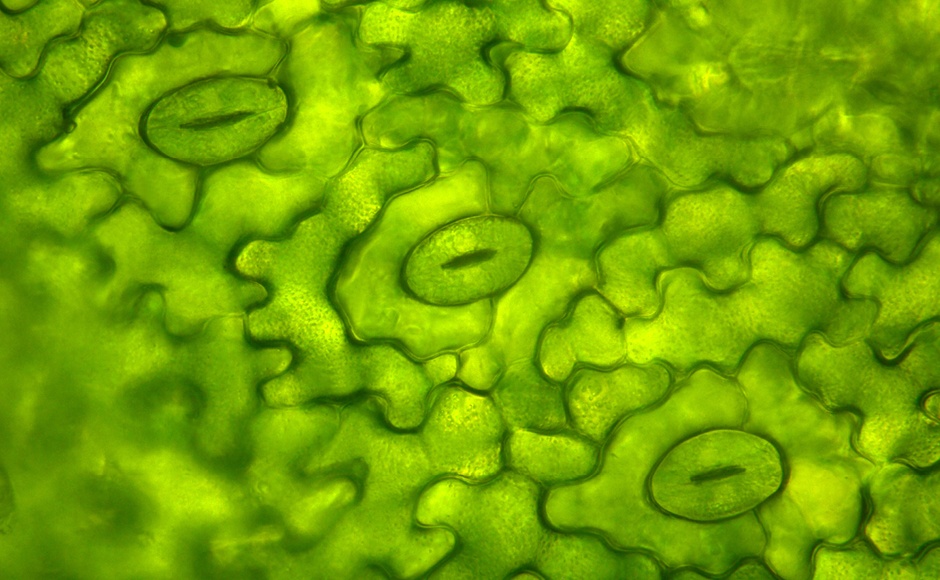
Stomata are pores constituted by two cells called: Guard cells. Guard cells are hydraulic valves making possible stomata closure and opening.
Stomata open or close depending on different factors: Light intensity, light quality, temperature, leaf water status, and intracellular CO2.
Continue reading Stomata BehaviorAquaponics

Aquaponics is a technique used to grow plants and aquatic animals in a system using the recirculation of water. In order to understand aquaponics, we need to have knowledge about aquaculture, hydroponics, and bacteria.
But how could aquaponics be a good option?
Continue reading AquaponicsHort Americas Brian Harris will be speaking at the 3rd Annual Controlled Environment Conference

December 9–10, 2021
The 2021 Texas A&M Controlled Environment: Urban Agriculture Conference is designed for new and prospective growers interested in specialty crop production under controlled environment and for experienced growers who want to learn more about the nuts and bolts of crop production in a controlled environment. This conference is also suitable for hobbyists and gardeners interested in hydroponic production.
Continue reading Hort Americas Brian Harris will be speaking at the 3rd Annual Controlled Environment ConferenceFree Download: Fertilizer Management and Plant Nutrition Guide


Fertilizer management and plant nutrition are key aspects that need to be learned when working with hydroponic systems.
Continue reading Free Download: Fertilizer Management and Plant Nutrition GuideLeaf Area Index: Definition and importance in crop production
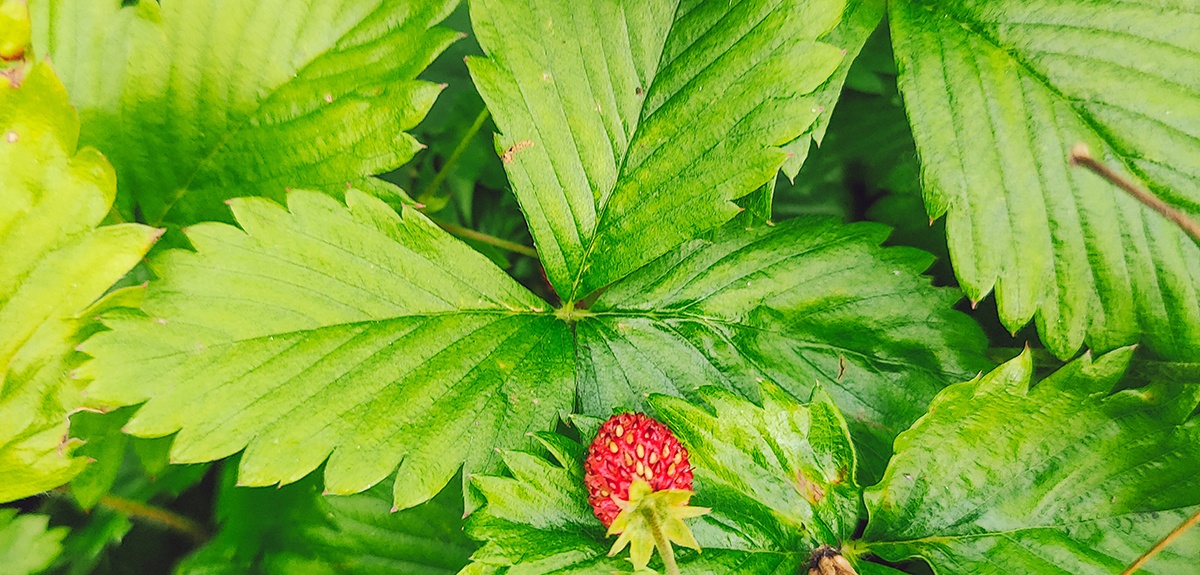
Leaf area index (LAI) is a key variable used in horticultural studies involving the relation between crop growth and yield. This variable can be a very useful tool when looking to evaluate the performance of your crop.
Continue reading Leaf Area Index: Definition and importance in crop productionHow can you make LED grow lights more affordable?
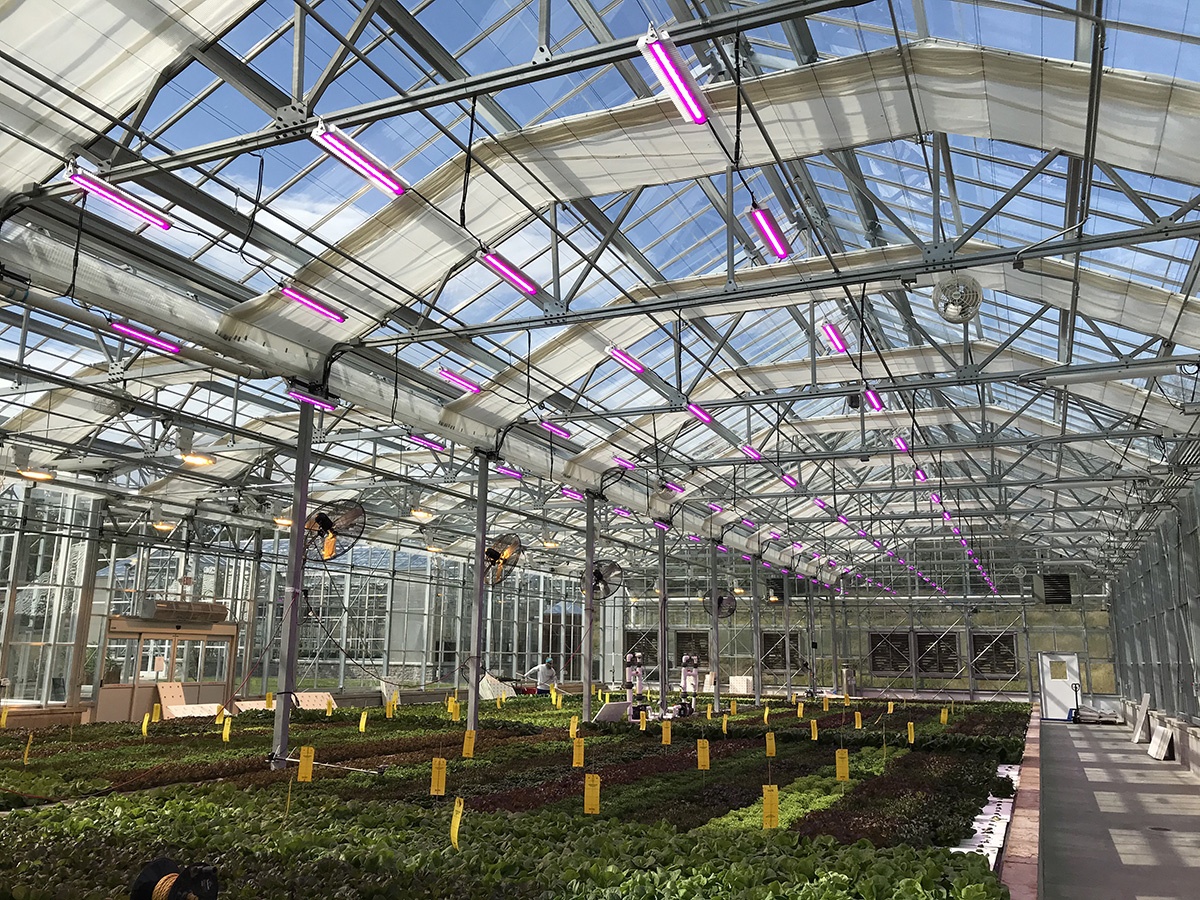
Geographic location is a major driver in who qualifies for a utility rebate and how many rebate dollars are available for specific projects. Photo courtesy of Hort Americas
Hort Americas is working with Current to ensure their customers receive the maximum utility rebates for their LED grow light purchases.
Continue reading How can you make LED grow lights more affordable?Fresh Weight vs. Dry Weight
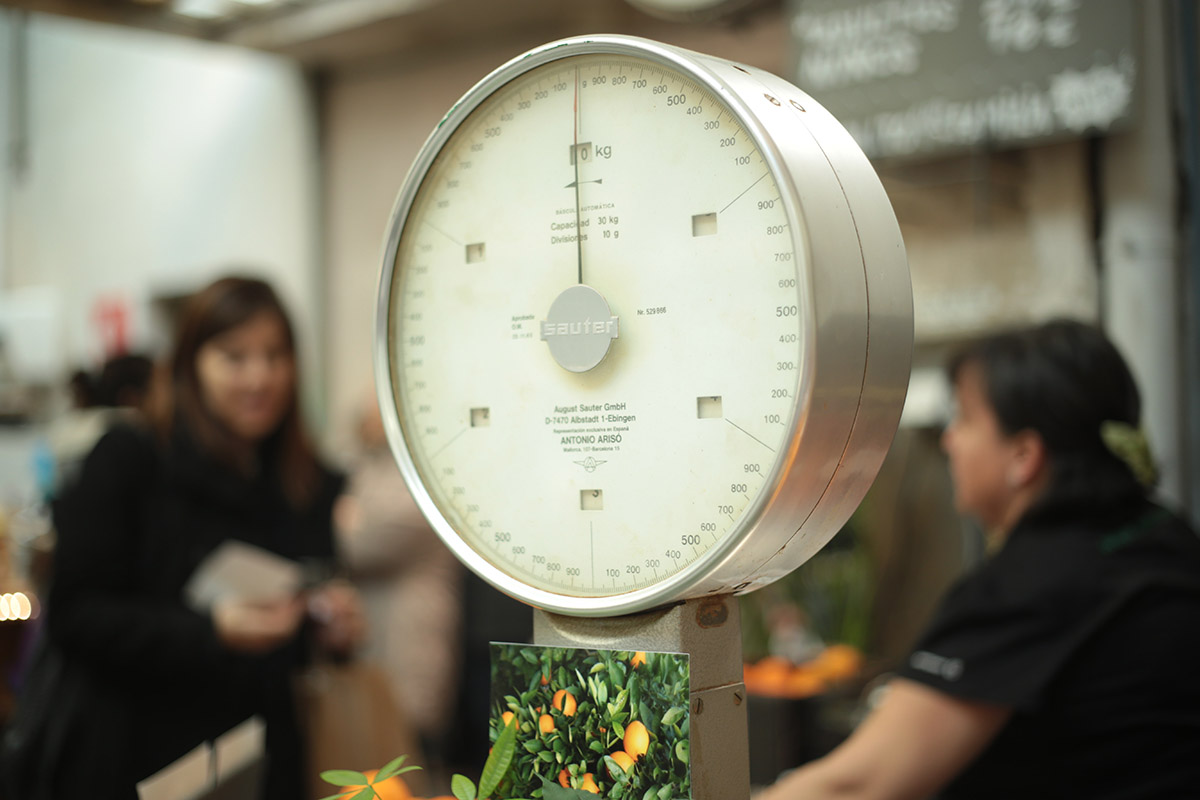
When evaluating crop performance and yield we usually look to evaluate different traits such as Size, Shape, Brix levels, Leaf area, Titratable acids, Flavor, Texture, Fresh weight, Dry weight, and more.
Continue reading Fresh Weight vs. Dry WeightUnderstanding Vapor Pressure Deficit (VPD)
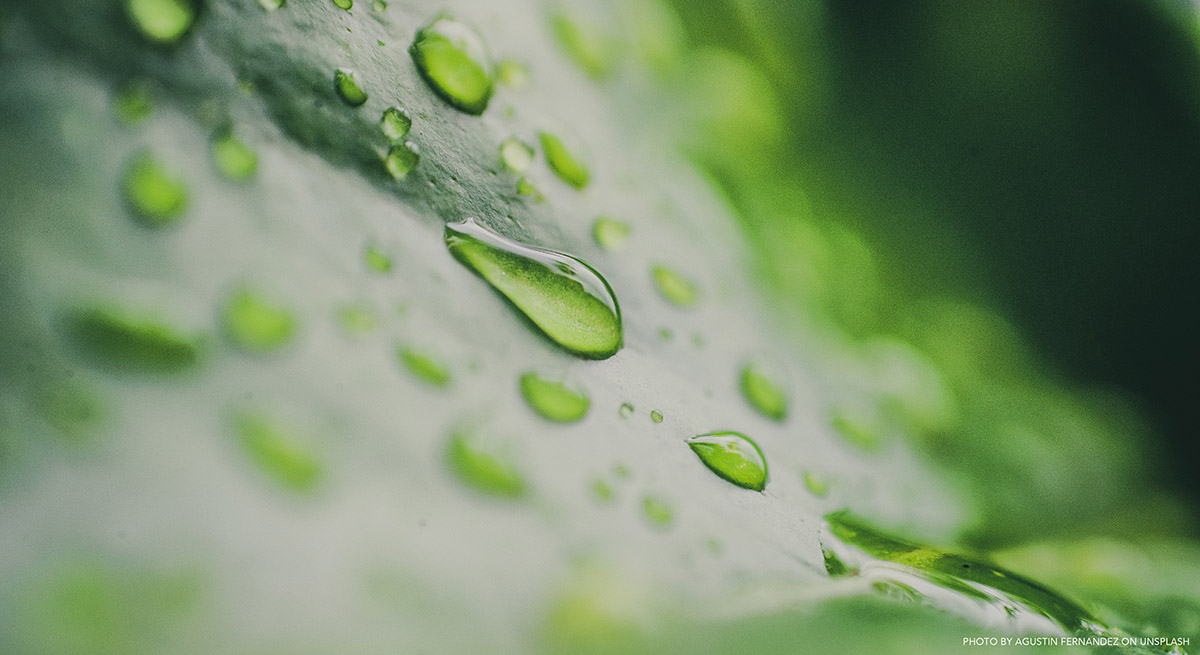
Vapor Pressure Deficit, also known as VPD is a very useful tool for growers. However it is a variable growers sometimes forget, do not know about its existence or do not understand.
Continue reading Understanding Vapor Pressure Deficit (VPD)AppLit: The story of how companies can come together to strengthen communities
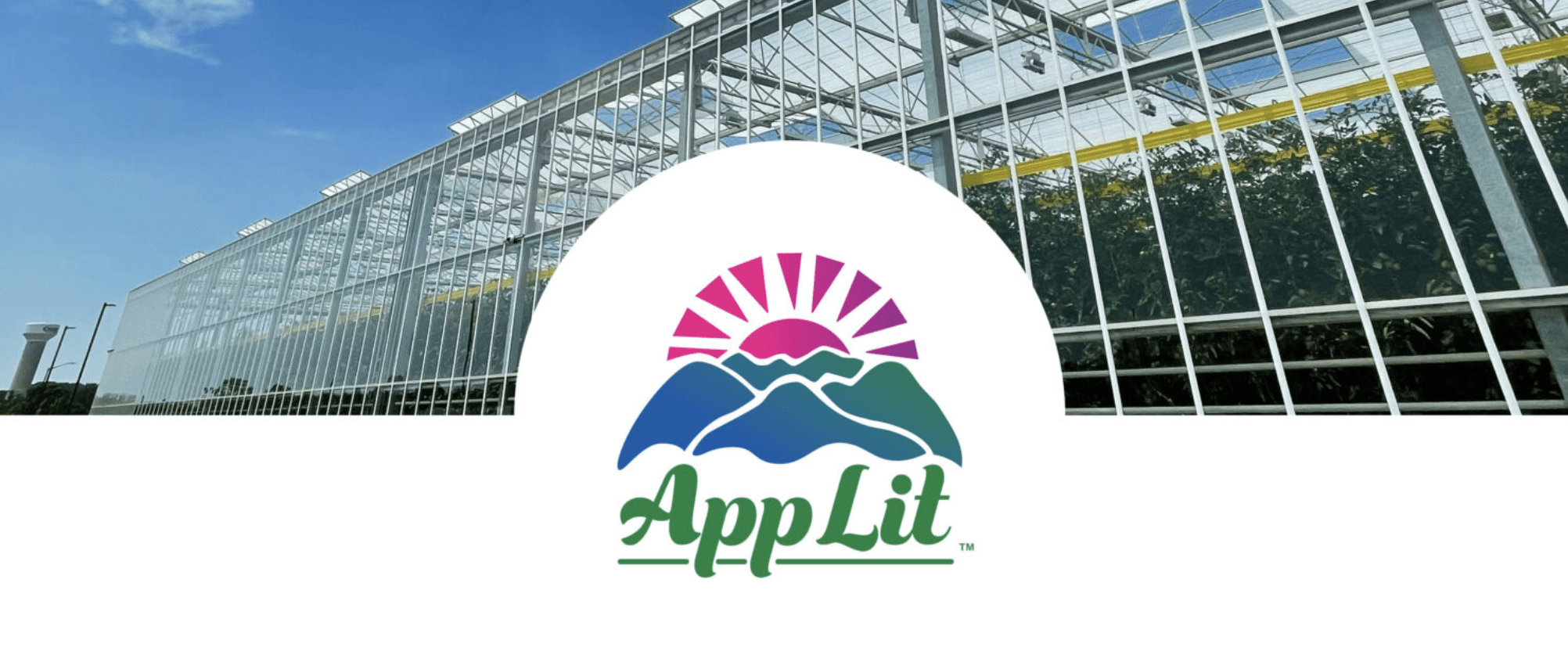
During the very early months of the pandemic, our friends at AppHarvest came to us with a challenge. They wanted to know if Hort Americas could help them source lights that were:
Continue reading AppLit: The story of how companies can come together to strengthen communitiesUnderstanding Temperature in Growing Systems

In order to improve temperature control inside of a growing system, we must understand how temperature works inside of a system with plants and the variables involved in determining temperature for our crops.
There are different variables that affect temperature in plants. Some of the most important variables are radiation, metabolic heat, latent heat and sensible heat.
Continue reading Understanding Temperature in Growing SystemsGrowing Microgreens
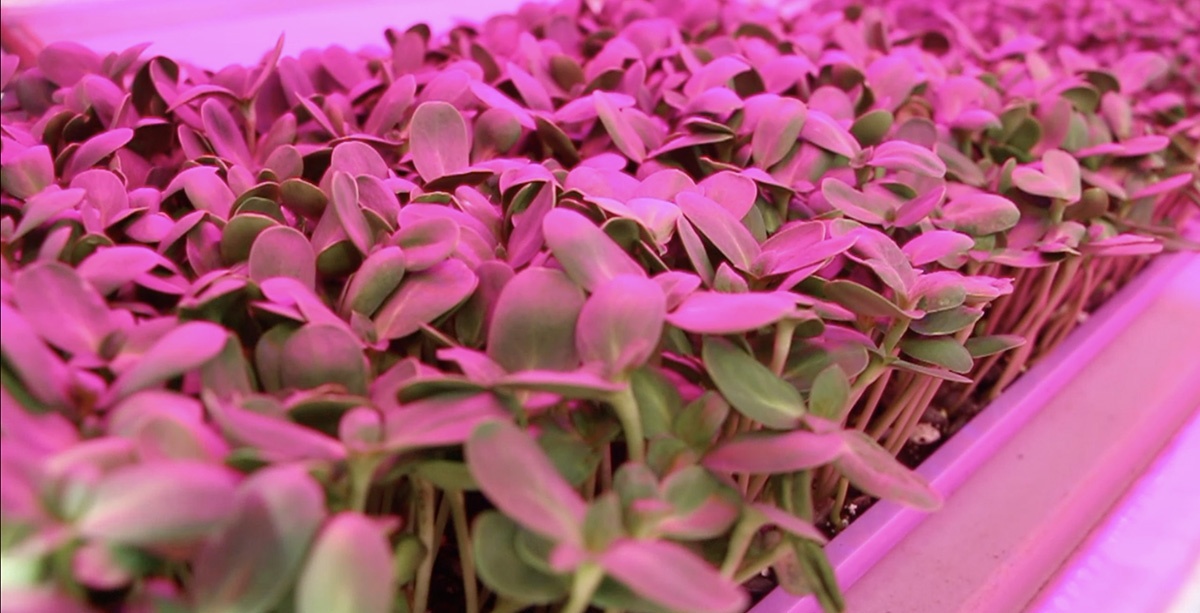
Microgreens are gaining attention from small, medium and large growers. This is a product that can be used to expand a current market or start a small business with good profits.
Continue reading Growing MicrogreensFree Download: The Guide for Growing Strawberries
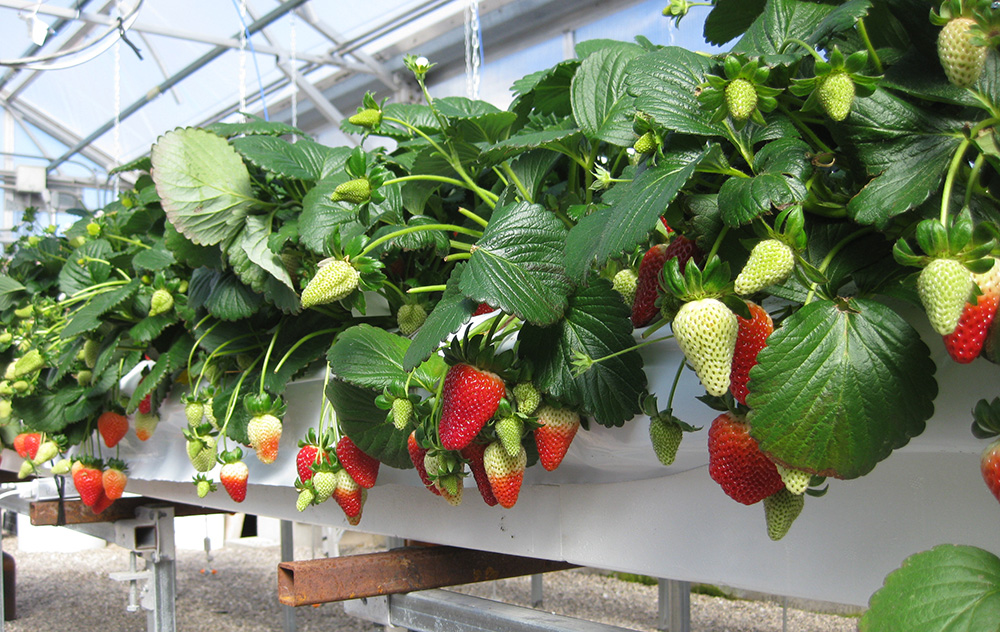

Strawberries are definitely not an easy crop and CEA technologies can always help us to provide ideal conditions to improve production window, yield per area and fruit quality. Growers are finding out the great benefits of growing strawberries using the help of CEA. This is the reason why now hydroponic greenhouse production of strawberries is growing rapidly across the world. The present guide has the objective to provide specific information about how to grow strawberries in a hydroponic system inside greenhouses.
Continue reading Free Download: The Guide for Growing StrawberriesPre-Empt: An organic hydroponic fertilizer
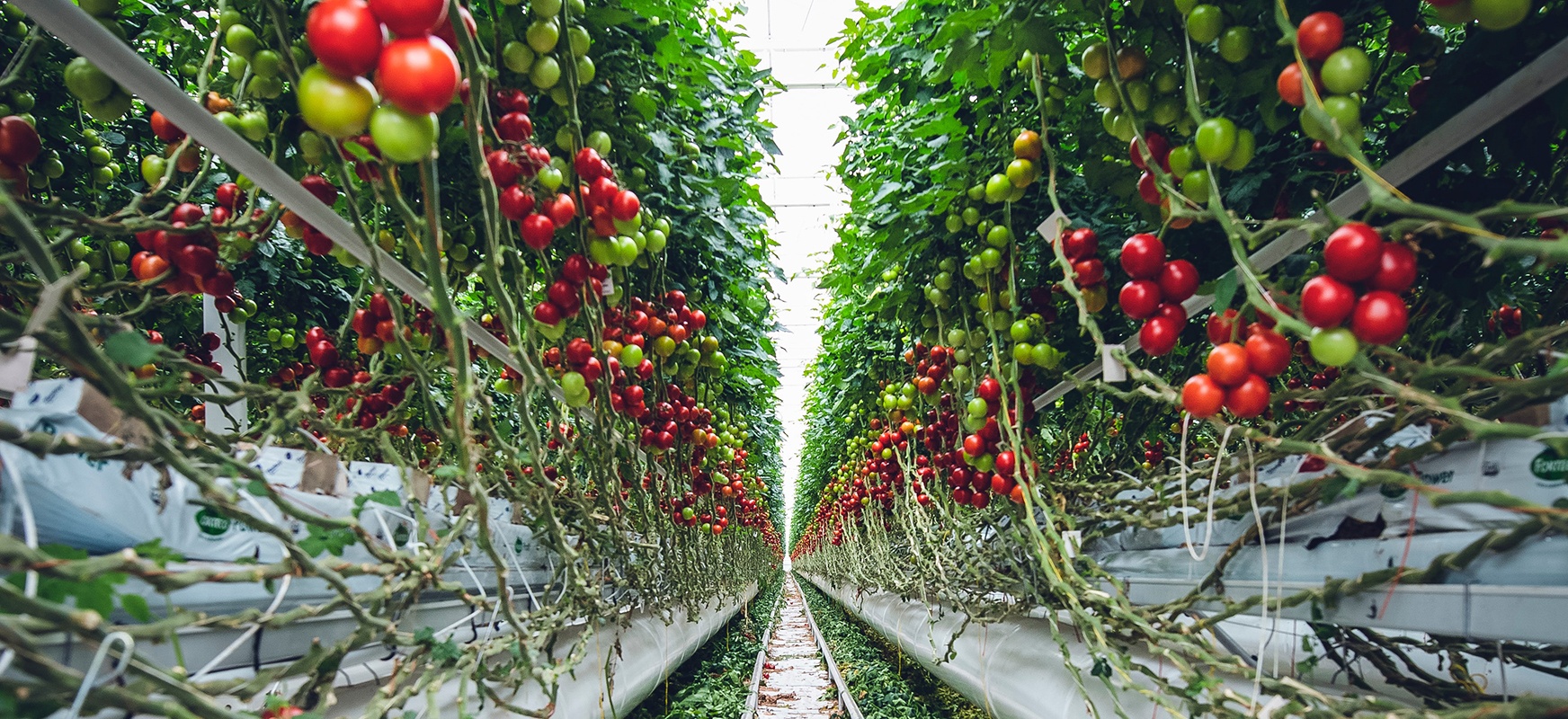
Organic hydroponics is possible! We can implement organic practices for hydroponic systems by using nutrient solutions derived from organic plant and animal material or naturally mined compounds. In order to certify the organic origin for a product you must look for OMRI-listed products. The Organic Materials Review Institute (OMRI) is a private, nonprofit organization that determines whether or not a product qualifies as organic under the USDA’s National Organic Program.
Continue reading Pre-Empt: An organic hydroponic fertilizerLooking to up your controlled environment light intensity?
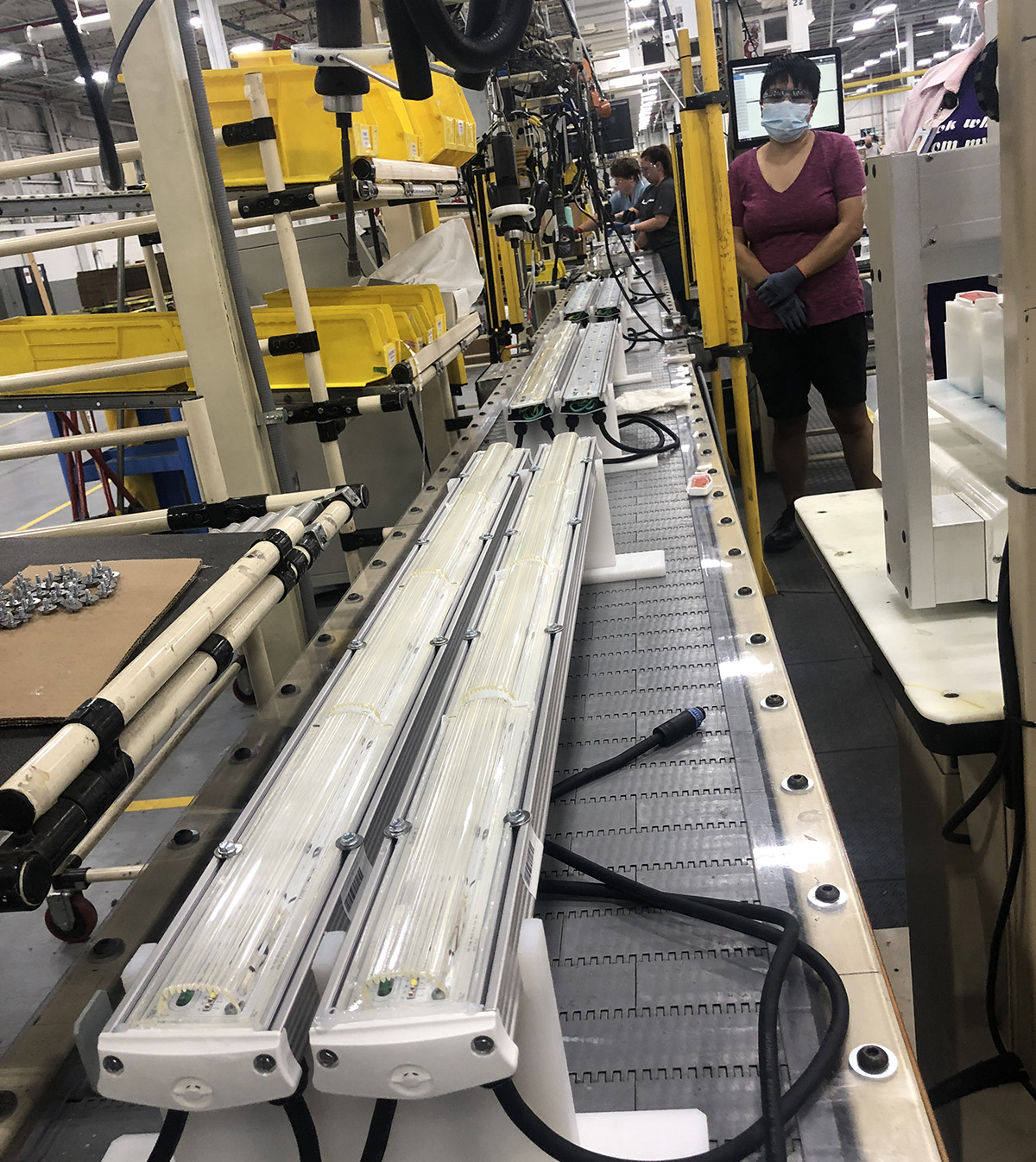
The majority of the Arize Factor LED grow lights being manufactured at Current’s North Carolina plant are expected to be used for vertical farming. Photos courtesy of GE Current, a Daintree company
Continue reading Looking to up your controlled environment light intensity?The Advantages of CEA in Strawberry Production
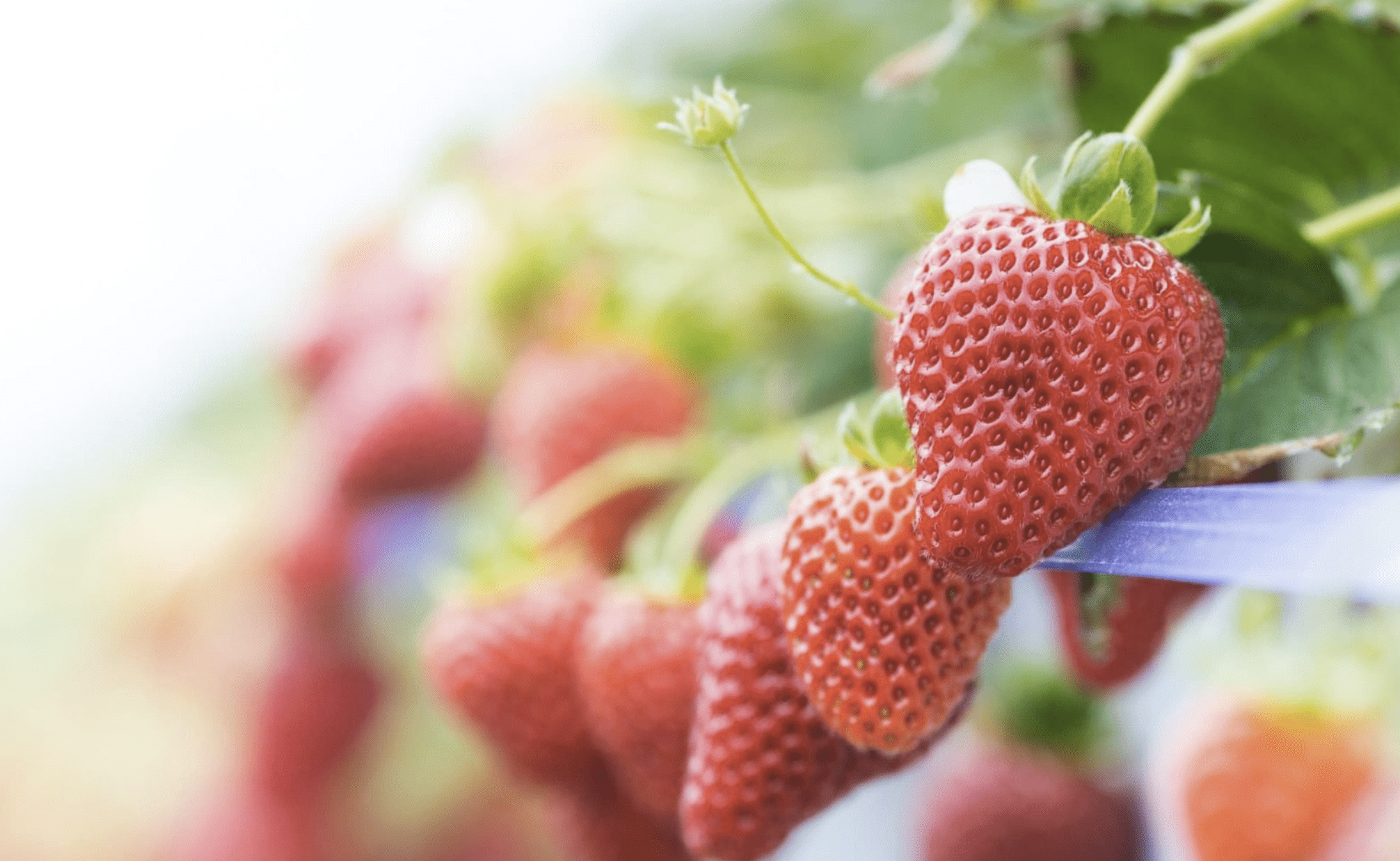
By Karla García
Strawberries (Fragaria × ananassaDuch.) are an important crop grown in the U.S. with a market value of more than $2.2 billion dollars, producing 1.12 million tons of strawberries in 2019. Most production of strawberries in the U.S. is done in open fields. In the U.S., year-round production is achieved by shifting production between regions across California and Florida. Recently U.S. growers are confronting challenges in open field production. In California, where more than 90% of the total strawberry production is done, annual acreage for strawberries is getting lower due to prolonged drought periods in the field; also, dry weather is increasing pests, making it challenging to manage and control diseases (Green, 2014). Another challenge of U.S. production is the emergence of strong competitors in the strawberry market, Mexico and China.
Continue reading The Advantages of CEA in Strawberry ProductionLooking for LED grow lights made in the United States?
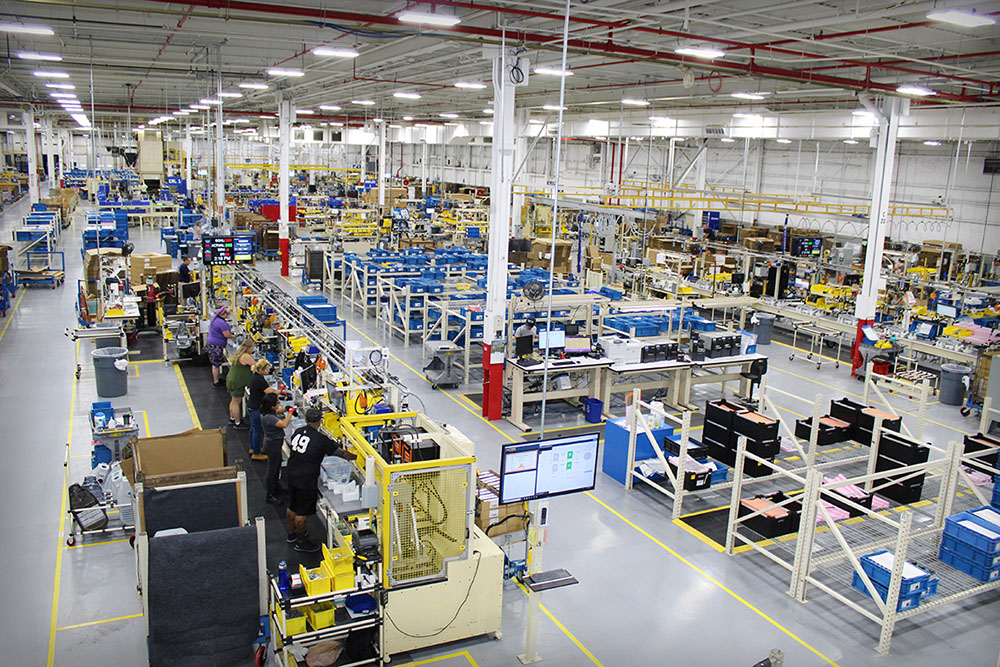
GE Current, a Daintree company, has begun manufacturing its new line of horticultural LED grow lights in its state-of-the-art facility in Hendersonville, N.C.
Continue reading Looking for LED grow lights made in the United States?GE Current new webinar – Introducing the Arize® Factor: Everything You Need to Know About the Next Generation Indoor Grow Light

Current is proud to introduce the Arize® Factor, a revolutionary grow light family engineered specifically for high-density indoor cultivators. In demanding indoor environments where density is high and crop quality is of paramount importance, growers need to know their lighting system can deliver the light their crops need.
Continue reading GE Current new webinar – Introducing the Arize® Factor: Everything You Need to Know About the Next Generation Indoor Grow LightHow controlled environment agriculture can help improve crop performance

When asking: “How can a system with a controlled environment help improve crop performance?”, the answer is easy… The more you analyze data and control CEA variables inside of your system, the better your crop will perform.
Continue reading How controlled environment agriculture can help improve crop performance




You must be logged in to post a comment.